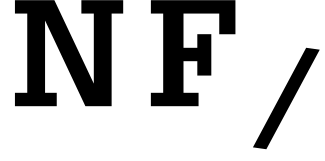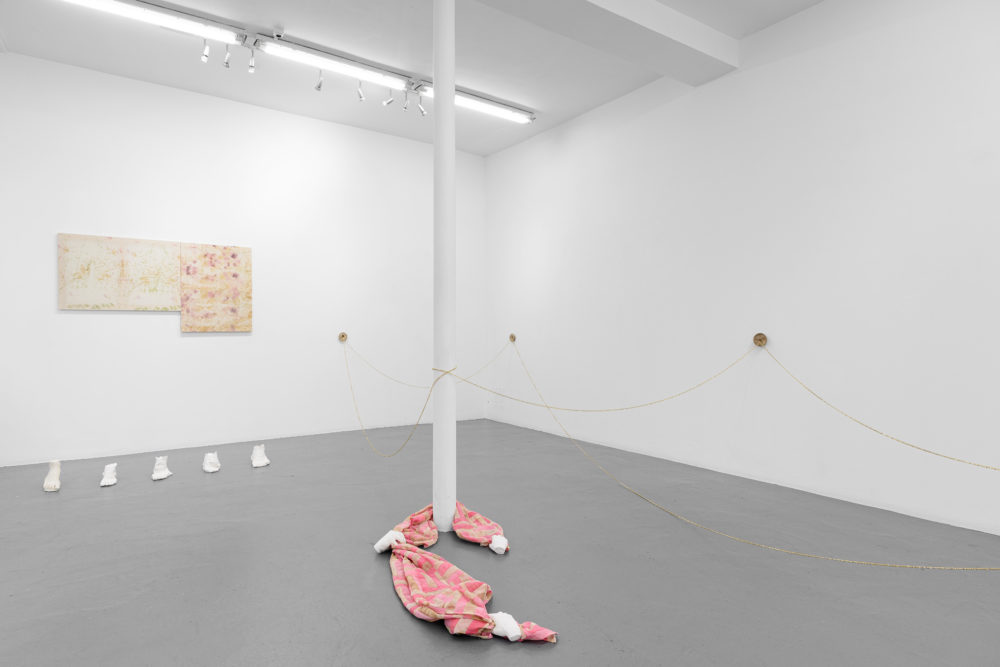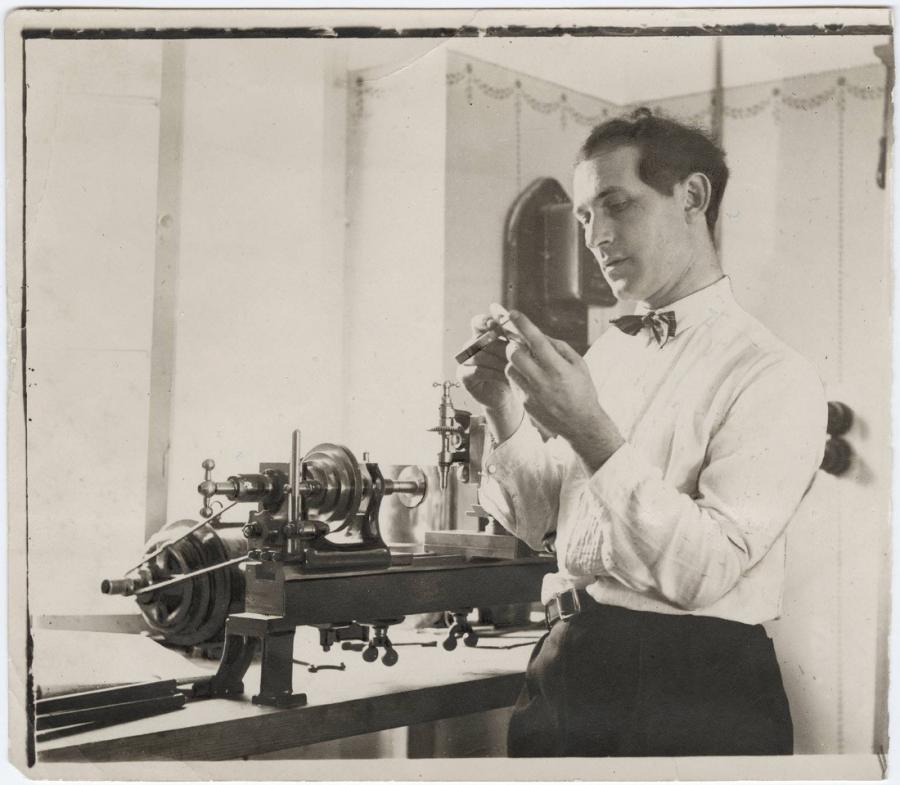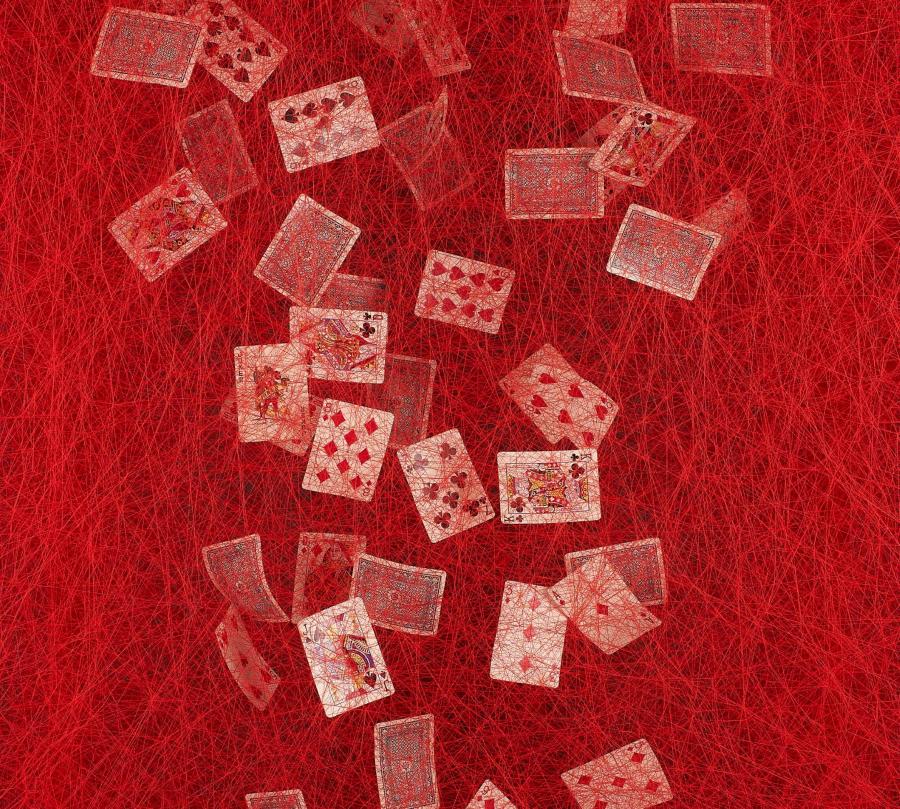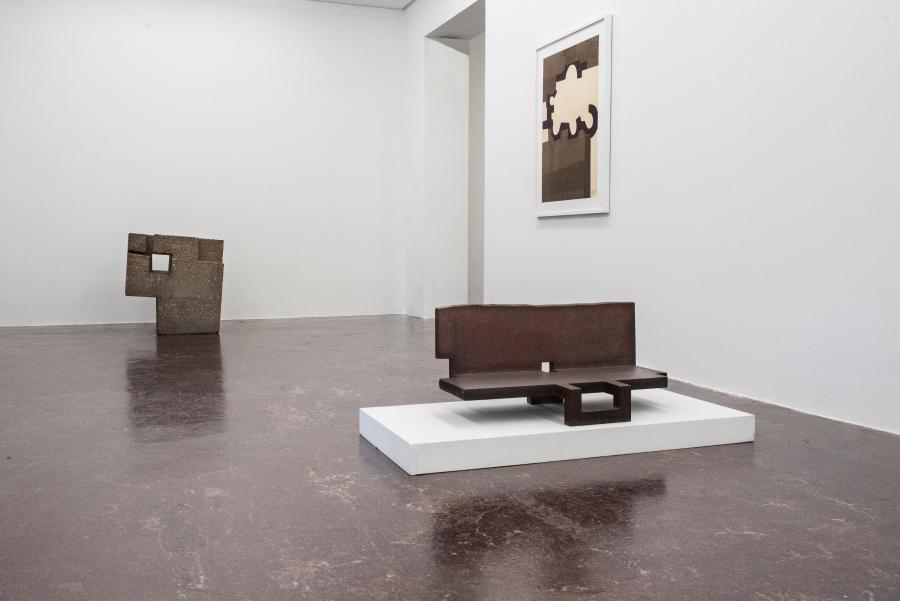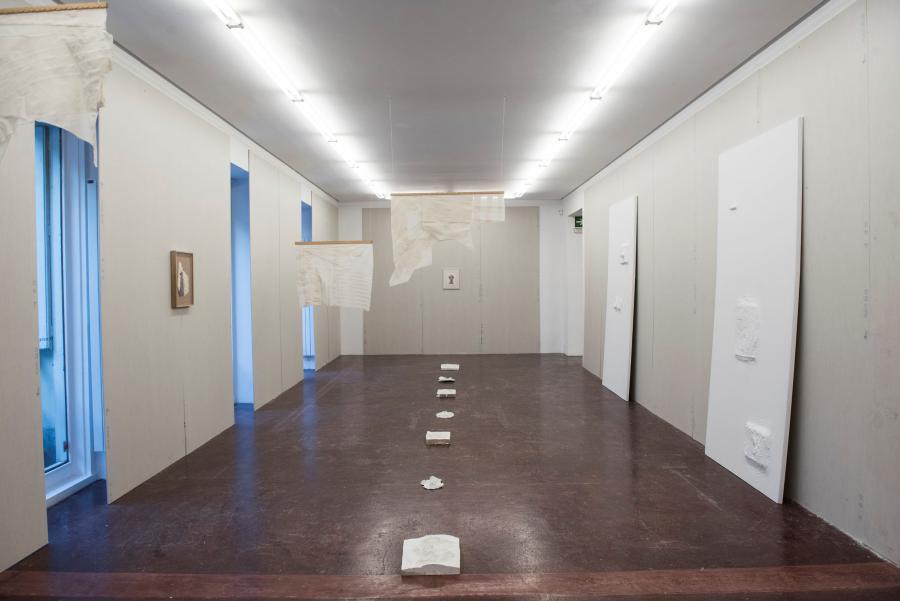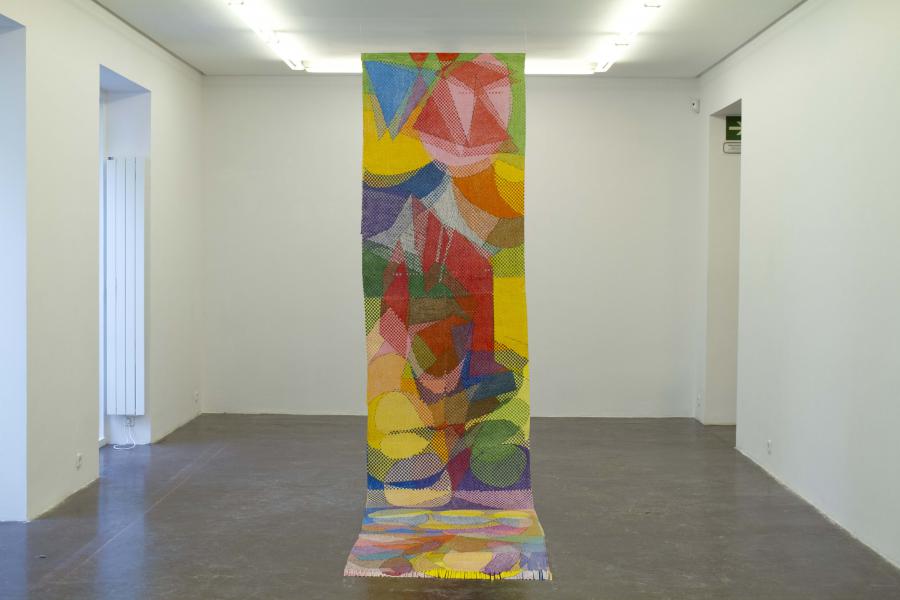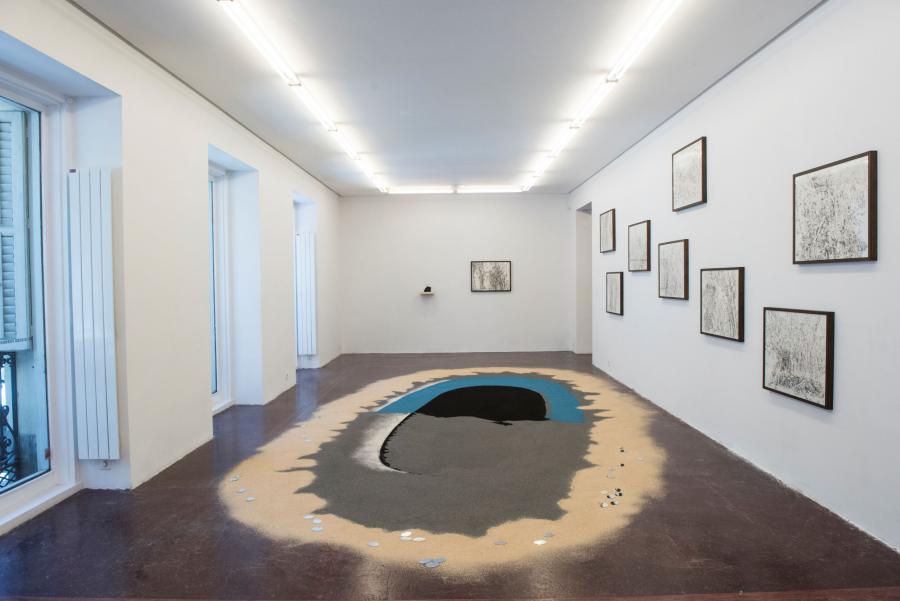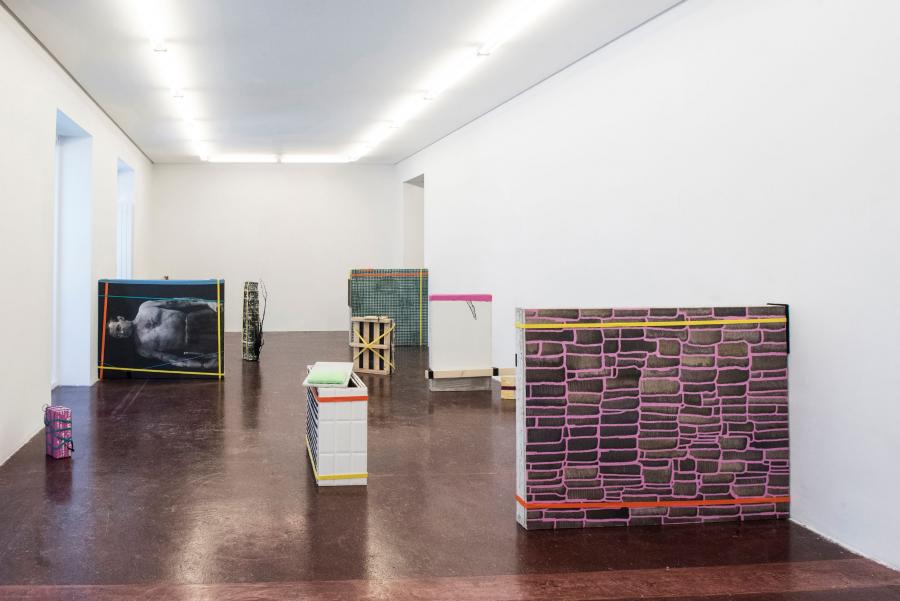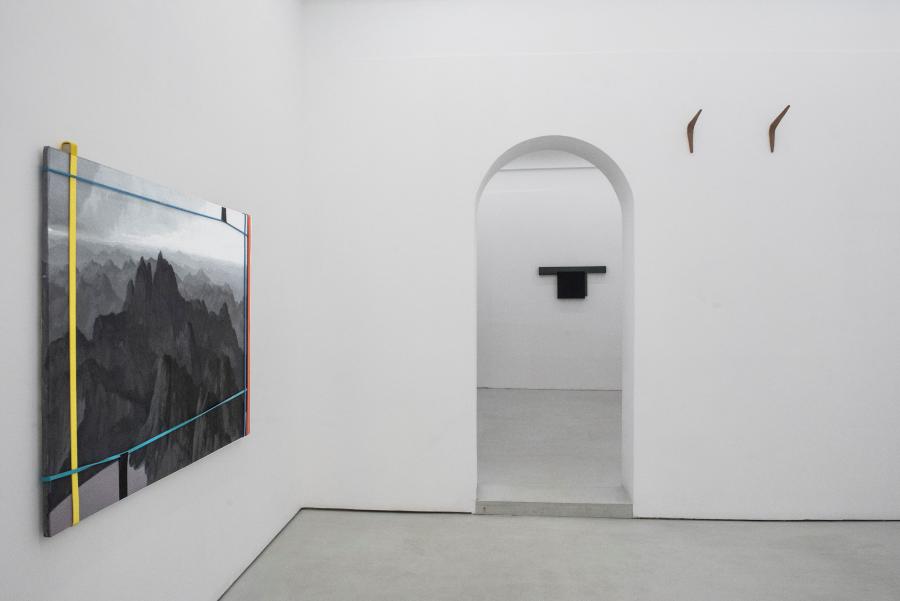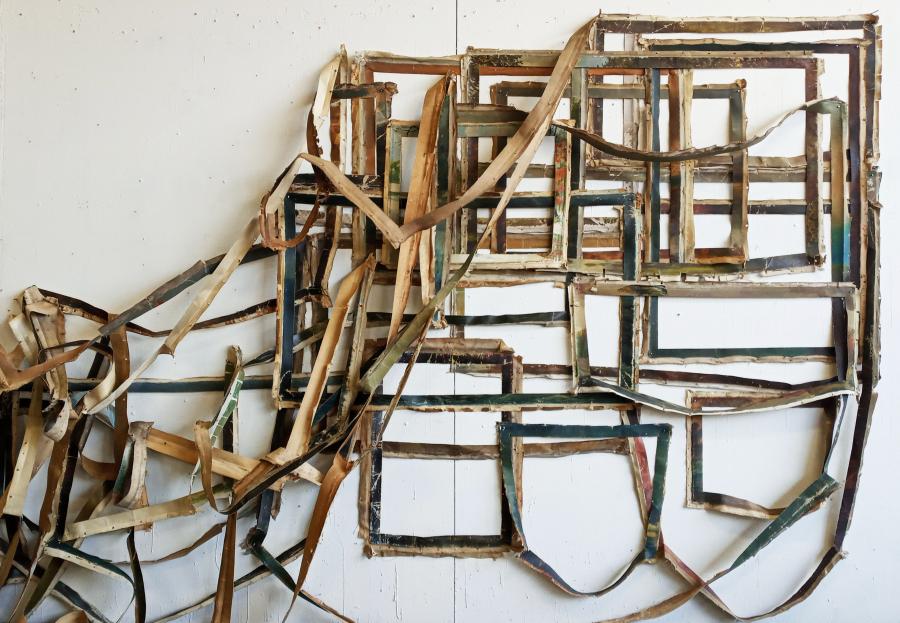
JOSÉ LUIS LANDET: MATERIALISM OF A WASTE
Materialism of Waste
A Look into Landet’s Universe
Section 11: Compost
This is a technique that creates the necessary conditions for decomposers to produce a high quality fertilizer from organic waste.
José Luis lives from cultural residues. Through his practice, he builds in a constant and rhythmic way a great soil —ATLAS—, steadily unfolding in multiple directions.
This soil admits all kinds of sources: painting, literature, letters, photographs, encyclopedias, etc. The movements produced during his quest for symbolic materials are what oxygenates this soil, the support on which he develops his work.
Residues are shredded systematically everyday, contributing to the fragmentation and decomposition of the symbolic matter. This behavior facilitates the assimilation of new attributes to his own universe: the liberation of original forms.
Landet’s soil is a big mantle of organic matter created by himself. It’s not an exaggeration to think that its area spreads throughout the whole surface of the Earth, since there’s no interruption between its production and reproduction. The artworks are its living matter. Each piece of “waste” he finds is replicated in an infinity of shapes and matters.
Materialism of Waste features a small part of Landet’s Universe. Jose Luis’ first gesture is the fragmentation of paintings made by amateur artists between the 1940’s and the 1970’s, which he buys in flea markets. Once he has cut them, he arranges these pieces to his will: color, shape, signature, texture, topic, etc. Then, he pastes, keeps on cutting, sets on fire, sands down, paints, draws or immerses these pieces… He makes all these operations to vindicate these authors, forgotten and erased by hegemonic history. José Luis shines a light on them.
In a canvas, the areas that suffer the most from the passing of time are the edges, which usually end up marked and rusty because of the nails.
Landet rescues these remainders and puts together a new narrative; these edges are the backbone of Materialism of Waste:
Maps of landscapes drawn and painted on their own surface that keep on exploring their inner sides in search of symbolic matter. A loop that loops on itself and becomes infinite.
Lucila Gradin
